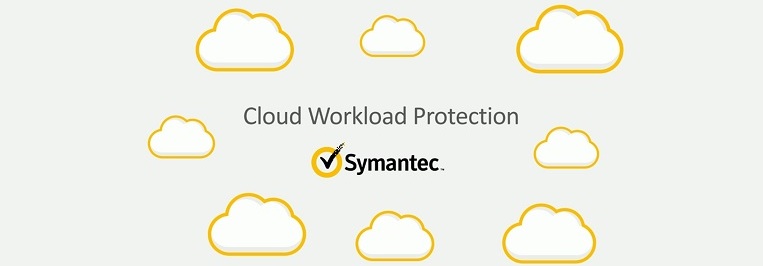

Conditions change and infrastructure is often put together at warp speed to meet the immediate business need. That said, working from home is no different than a lot of other circumstances in business. There was little time to consider and mitigate against all the new security implications. The pandemic sent the workforce home and technology services followed them out the office door. It is difficult to overestimate the impact Covid had on the future of work and IT technology. Stay tuned for future blogs that dive into the technology behind these trends from more of Broadcom’s industry-leading experts.

This is a continuation of Broadcom’s blog series: 2023 Tech Trends That Transform IT. I'm rating Symantec Cloud Workload Protection eight out of ten.By Eric Chien, Director of Security Response, Symantec Enterprise Division, Broadcom Maybe in other cases, when the configurations need more detail, those could result in complex implementations. A user can go with the default policy, and there's no complicated issue that would arise from implementing Symantec Cloud Workload Protection. Just from the default policy, it's already good. I don't have a lot of advice for people looking into implementing the solution, because it's very easy to use. Currently, there are not many complaints from the users because Symantec can now better handle the maintenance and sort out problems about Symantec Cloud Workload Protection. You don't get much detail and it was very complicated.

Years ago, the maintenance schedule you get from Symantec, from Broadcom, was very bad. Right now, it's very good, for example, last month had good maintenance compared to other months. I'm not doing any maintenance on the solution because it's cloud-based, so usually end-users open tickets directly with the support team or with technical consultants who are in charge of handling the issues. My company has a partnership with Symantec and is a distributor of Symantec Cloud Workload Protection.


 0 kommentar(er)
0 kommentar(er)
